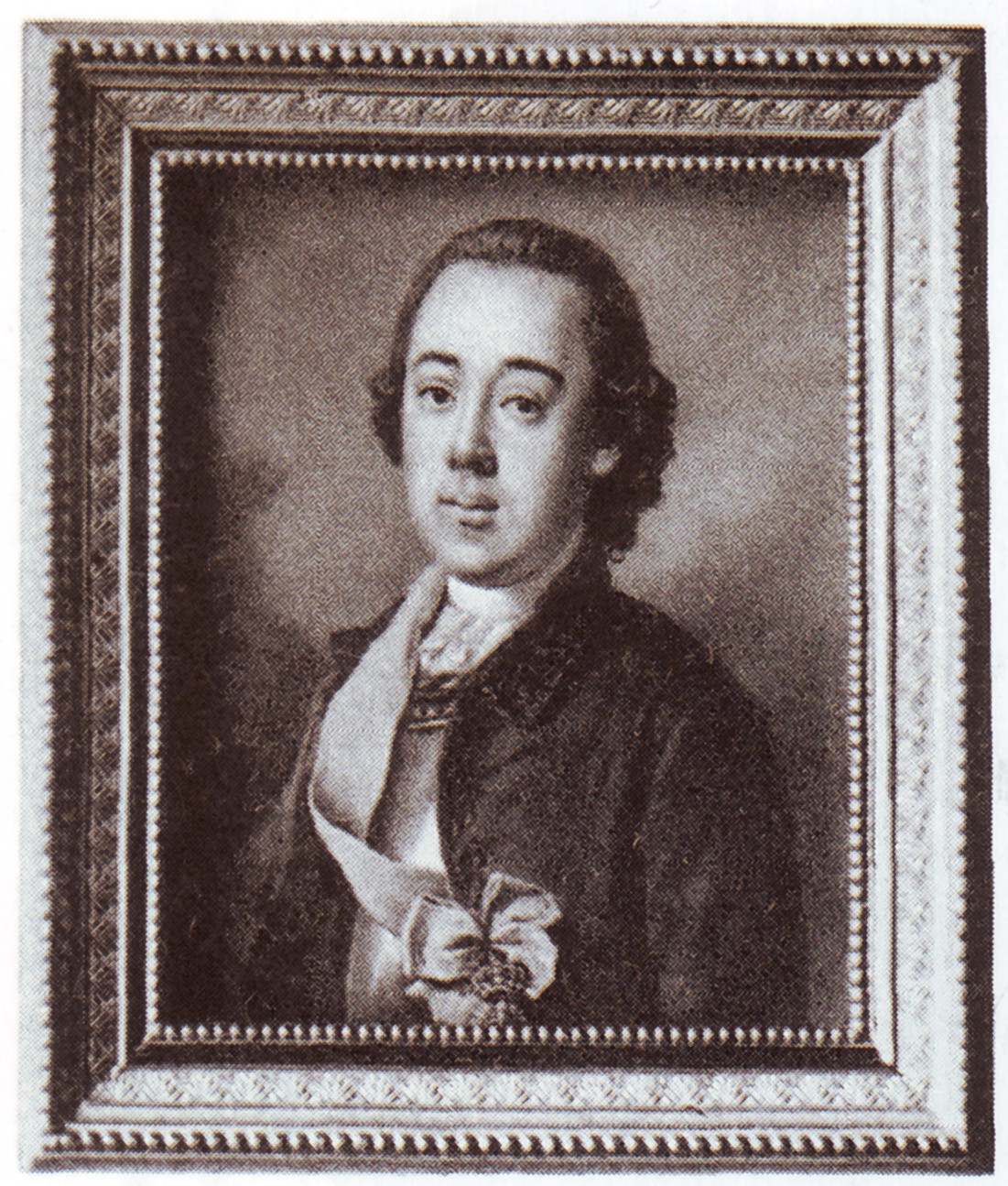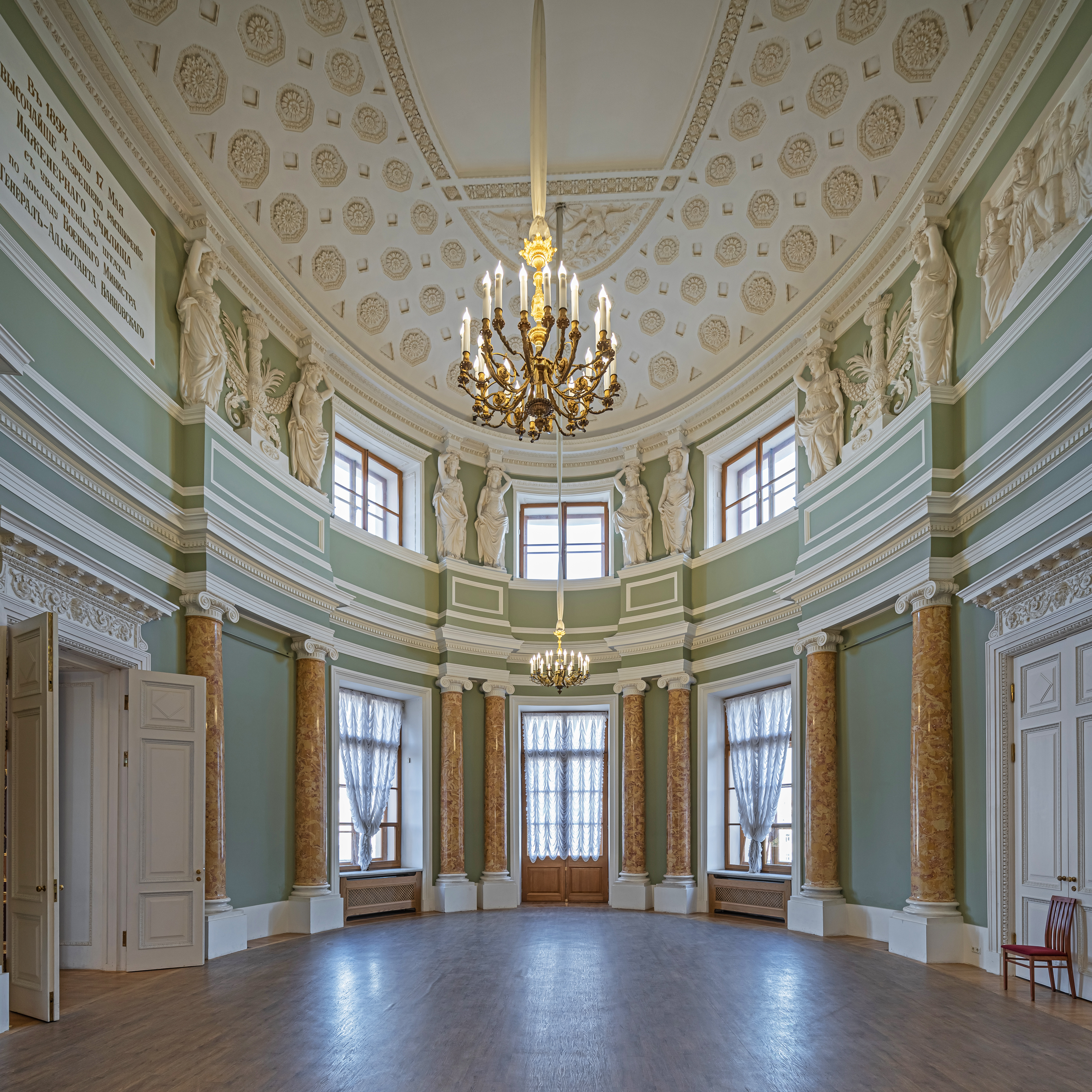|
Pavel Petrovich
Paul I (russian: Па́вел I Петро́вич ; – ) was Emperor of Russia from 1796 until his assassination. Officially, he was the only son of Peter III of Russia, Peter III and Catherine the Great, although Catherine hinted that he was fathered by her lover Sergei Saltykov.Aleksandr Kamenskii, ''The Russian Empire in the Eighteenth Century: Searching for a Place in the World'' (1997) pp 265–280. Paul remained overshadowed by his mother for most of his life. He adopted the Pauline Laws, laws of succession to the Russian throne—rules that lasted until the end of the Romanov dynasty and of the Russian Empire. He also intervened in the French Revolutionary Wars and, toward the end of his reign, added Kingdom of Kartli-Kakheti, Kartli and Kakheti in Eastern Georgia into the empire, which was confirmed by his son and successor Alexander I of Russia, Alexander I. He was ''de facto'' Grand Master (order), Grand Master of the Knights Hospitaller, Order of Hospitallers from ... [...More Info...] [...Related Items...] OR: [Wikipedia] [Google] [Baidu] |
Vladimir Borovikovsky
Vladimir Lukich Borovikovsky (russian: Влади́мир Луки́ч Боровико́вский, ukr, Володи́мир Лýкич Боровикóвський, ; July 24 O.S. (August 4, N.S.) 1757, Mirgorod – April 6 O.S. (April 18, N.S.) 1825, St. Petersburg) was a prominent Russian Imperial artist of Ukrainian Cossack background, who served at the court of Catherine the Great and dominated portraiture in the Russian Empire at the turn of the 19th century. Biography Vladimir Borovikovsky was born in Mirgorod, Cossack Hetmanate, Russian Empire (now Ukraine) on July 24, 1757 in a family with Ukrainian Cossack background. His father, Luka Borovik, was an icon-painter. According to the family tradition, all four of Borovik's sons served as Cossacks in Mirgorod regiment, but Vladimir retired early at the rank of poruchik and devoted his life to art — mostly icon painting for local churches. Borovikovsky lived in Mirgorod until 1788, where he painted icons and portraits i ... [...More Info...] [...Related Items...] OR: [Wikipedia] [Google] [Baidu] |
Sergei Saltykov
Count Sergei Vasilievich Saltykov ( rus, link=no, Сергей Васильевич Салтыков, p=sʲɪrˈɡʲej vɐˈsʲilʲjɪvʲɪtɕ səltɨˈkof; c. 1726 – 1765) was a Russian officer (chamberlain) who became the first lover of Empress Catherine the Great after her arrival in Russia. Life Saltykov was alleged to be the biological father of Catherine II's son, Paul I of Russia, and this was heavily implied in Catherine's memoirs. It was reported that Paul was "almost certainly the child of atherine'slover." However, Paul greatly resembled his official father Peter III of Russia in character and appearance. There was very little in common between the pugnacious, stocky Paul and tall, handsome Sergei Saltykov. In her memoirs, though, Catherine noted the "ugliness" of Saltykov's brother.Montefiore, Sebag, ''The Prince of Princes: The Life of Potemkin'', (St. Martin's Press) New York, NY, 2000. The Saltykovs were an ancient boyar family which rivaled the Romanovs in p ... [...More Info...] [...Related Items...] OR: [Wikipedia] [Google] [Baidu] |
Knights Hospitaller
The Order of Knights of the Hospital of Saint John of Jerusalem ( la, Ordo Fratrum Hospitalis Sancti Ioannis Hierosolymitani), commonly known as the Knights Hospitaller (), was a medieval and early modern Catholic Church, Catholic Military order (religious society), military order. It was headquartered in the Kingdom of Jerusalem until 1291, on the island of Hospitaller Rhodes, Rhodes from 1310 until 1522, in Hospitaller Malta, Malta from 1530 until 1798 and at Saint Petersburg from 1799 until 1801. Today several organizations continue the Hospitaller tradition, specifically the mutually recognized orders of St. John, which are the Sovereign Military Order of Malta, the Order of Saint John (chartered 1888), Most Venerable Order of the Hospital of Saint John, the Order of Saint John (Bailiwick of Brandenburg), Bailiwick of Brandenburg of the Chivalric Order of Saint John, the Order of Saint John in the Netherlands, and the Order of Saint John in Sweden. The Hospitallers arose ... [...More Info...] [...Related Items...] OR: [Wikipedia] [Google] [Baidu] |
Eastern Georgia
Eastern Georgia ( ka, აღმოსავლეთ საქართველო, ''aghmosavlet' sak'art'velo'') is a geographic area encompassing the territory of the Caucasian nation of Georgia to the east and south of the Likhi and Meskheti Ranges, but excluding the Black Sea region of Adjara. Eastern Georgia includes the historic Georgian provinces of Samtskhe, Javakheti, Kartli with the national capital city of Tbilisi, Kakheti, Pshavi, Mtiuleti, Tusheti, Khevsureti, and Khevi. Current administrative regions (mkhare) of eastern Georgia are: Samtskhe-Javakheti, Shida Kartli, Kvemo Kartli, the city of Tbilisi, Mtskheta-Mtianeti, and Kakheti. History The regions of Kartli and Kakheti had been under Iranian suzerainty since 1555 following the Peace of Amasya signed with neighbouring rivalling Ottoman Turkey. With the death of Nader Shah in 1747, both kingdoms broke free of Iranian control and were reunified through a personal union under the energetic king Heraclius (E ... [...More Info...] [...Related Items...] OR: [Wikipedia] [Google] [Baidu] |
Kingdom Of Kartli-Kakheti
The Kingdom of Kartli-Kakheti ( ka, ქართლ-კახეთის სამეფო, tr) (1762–1801 ) was created in 1762 by the unification of two eastern Georgian kingdoms of Kartli and Kakheti. From the early 16th century, according to the 1555 Peace of Amasya, these two kingdoms were under Iranian control. In 1744, Nader Shah granted the kingship of Kartli to Teimuraz II and that of Kakheti to his son Heraclius II, as a reward for their loyalty. When Nader Shah died in 1747, Teimuraz II and Heraclius II capitalized on the instability in Iran proper, and declared ''de facto'' independence. After Teimuraz II died in 1762, Heraclius succeeded him as ruler of Kartli, thus unifying the two. Heraclius was able, after centuries of Iranian suzerainty over Georgia, to guarantee the autonomy over his kingdom throughout the chaos that had erupted following Nader Shah's death. He became the new Georgian king of a politically united eastern Georgia for the first time in ... [...More Info...] [...Related Items...] OR: [Wikipedia] [Google] [Baidu] |
French Revolutionary Wars
The French Revolutionary Wars (french: Guerres de la Révolution française) were a series of sweeping military conflicts lasting from 1792 until 1802 and resulting from the French Revolution. They pitted French First Republic, France against Kingdom of Great Britain, Britain, Habsburg monarchy, Austria, Kingdom of Prussia, Prussia, Russian Empire, Russia, and several other monarchies. They are divided in two periods: the War of the First Coalition (1792–97) and the War of the Second Coalition (1798–1802). Initially confined to Europe, the fighting gradually assumed a global dimension. After a decade of constant warfare and aggressive diplomacy, France had conquered territories in the Italian Peninsula, the Low Countries and the Rhineland in Europe and abandoned Louisiana (New France), Louisiana in North America. French success in these conflicts ensured the spread of revolutionary principles over much of Europe. As early as 1791, the other monarchies of Europe looked with ou ... [...More Info...] [...Related Items...] OR: [Wikipedia] [Google] [Baidu] |
Romanov Dynasty
The House of Romanov (also transcribed Romanoff; rus, Романовы, Románovy, rɐˈmanəvɨ) was the reigning imperial house of Russia from 1613 to 1917. They achieved prominence after the Tsarina, Anastasia Romanova, was married to the First Tsar of Russia, Ivan the Terrible. The house became ''boyars'' (the highest rank in Russian nobility'')'' of the Grand Duchy of Moscow and later of the Tsardom of Russia under the reigning Rurik dynasty, which became extinct upon the death of Tsar Feodor I in 1598. The Time of Troubles, caused by the resulting succession crisis, saw several pretenders and imposters ( False Dmitris) fight for the crown during the Polish–Muscovite War of 1605–1618. On 21 February 1613, a '' Zemsky Sobor'' elected Michael Romanov as Tsar of Russia, establishing the Romanovs as Russia's second reigning dynasty. Michael's grandson Peter I, who established the Russian Empire in 1721, transformed the country into a great power through a series of ... [...More Info...] [...Related Items...] OR: [Wikipedia] [Google] [Baidu] |
Pauline Laws
The Pauline Laws are the house laws of the Romanov rulers of the Russian Empire. The name comes from the fact that they were initially established by Emperor Paul I of Russia in 1797. Paul I abolished Peter the Great's law that allowed each reigning emperor or empress to designate his or her successor and substituted a strict order of succession by proclaiming that the eldest son of the monarch would inherit the throne, followed by other dynasts according to primogeniture in the male line. Succession to the Imperial Throne of Russia. ''Fundamental Laws''. Edited under the supervision of Antony, Archbishop of Los Angeles and South California. Order of the Imperial Union of Russia, Bridgeport, Connecticut, 1984. Paul thus implemented a semi-Salic line of succession to the Russian throne, which would pass to a female and through the female (cognatic) line of the dynasty only upon the extinction of all legitimately-born male dynasts. Over time, the house laws were amended, and in th ... [...More Info...] [...Related Items...] OR: [Wikipedia] [Google] [Baidu] |
Russian Orthodox Church
, native_name_lang = ru , image = Moscow July 2011-7a.jpg , imagewidth = , alt = , caption = Cathedral of Christ the Saviour in Moscow, Russia , abbreviation = ROC , type = , main_classification = Eastern Orthodox , orientation = Russian Orthodoxy , scripture = Elizabeth Bible ( Church Slavonic) Synodal Bible (Russian) , theology = Eastern Orthodox theology , polity = Episcopal , governance = Holy Synod of the Russian Orthodox Church , structure = Communion , leader_title = , leader_name = , leader_title1 = Primate , leader_name1 = Patriarch Kirill of Moscow , leader_title2 = , leader_name2 = , leader_title3 = Bishops , leader_name3 = 382 (2019) , fellowships_type = Clergy , fellowships = 40,514 full-time clerics, including 35,677 presbyters and 4,837 de ... [...More Info...] [...Related Items...] OR: [Wikipedia] [Google] [Baidu] |
Saints Peter And Paul Cathedral, Saint Petersburg
The Peter and Paul Cathedral (russian: Петропавловский собор) is a Russian Orthodox cathedral located inside the Peter and Paul Fortress in St. Petersburg, Russia. It is the first and oldest landmark in St. Petersburg, built between 1712 and 1733 on Hare Island along the Neva River. Both the cathedral and the fortress were originally built under Peter the Great and designed by Domenico Trezzini. The cathedral's bell tower is the world's tallest Orthodox bell tower. Since the belfry is not standalone, but an integral part of the main building, the cathedral is sometimes considered the highest Orthodox Church in the world. There is another Cathedral of Saints Peter and Paul Church in St. Petersburg, located in Petergof. Architecture The current building, the first stone church in St. Petersburg, was designed by Trezzini and built between 1712 and 1733. Its gold-painted spire reaches a height of and features at its top an angel holding a cross. This angel is ... [...More Info...] [...Related Items...] OR: [Wikipedia] [Google] [Baidu] |
St Michael's Castle
Saint Michael's Castle (russian: Миха́йловский за́мок, ''Mikhailovsky zamok''), also called the Mikhailovsky Castle or the Engineers' Castle (russian: Инженерный замок, ''Inzhenerny zamok''), is a former royal residence in the historic centre of Saint Petersburg, Russia. Saint Michael's Castle was built as a residence for Emperor Paul I of Russia by architects Vincenzo Brenna and Vasily Bazhenov in 1797–1801. It was named for St Michael the Archangel, patron saint of the royal family. The castle looks different from each side, as the architects used motifs of various architectural styles such as French Classicism, Italian Renaissance and Gothic. Saint Michael's Castle was built to the south of the Summer Garden and replaced the small wooden palace of Empress Elizabeth Petrovna. Afraid of intrigues and assassination plots, Emperor Paul I disliked the Winter Palace where he never felt safe. Due to his personal fascination with medieval knights ... [...More Info...] [...Related Items...] OR: [Wikipedia] [Google] [Baidu] |
.jpg)

.png)

